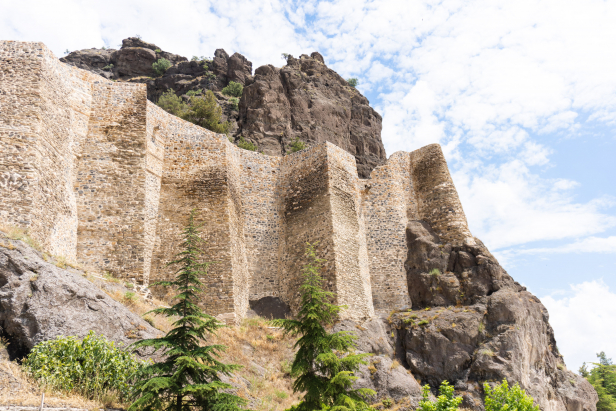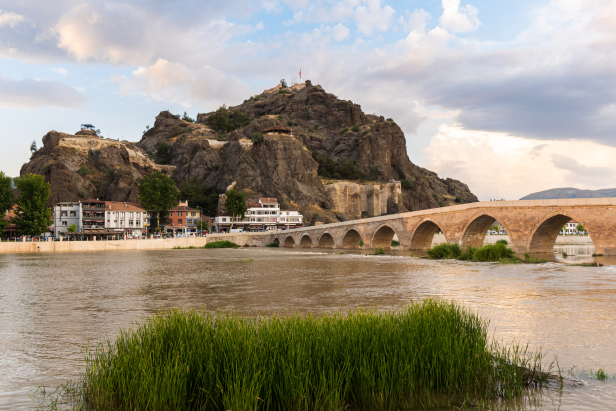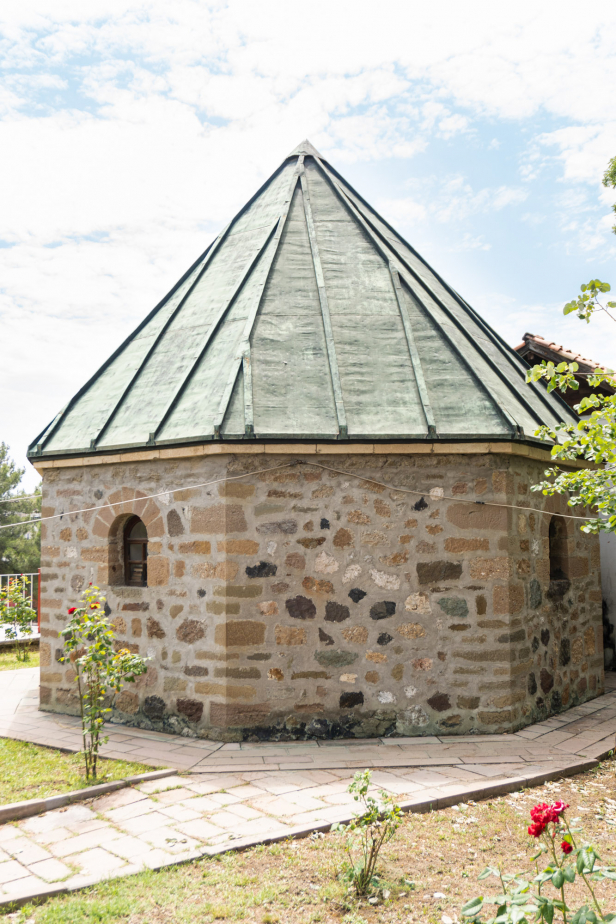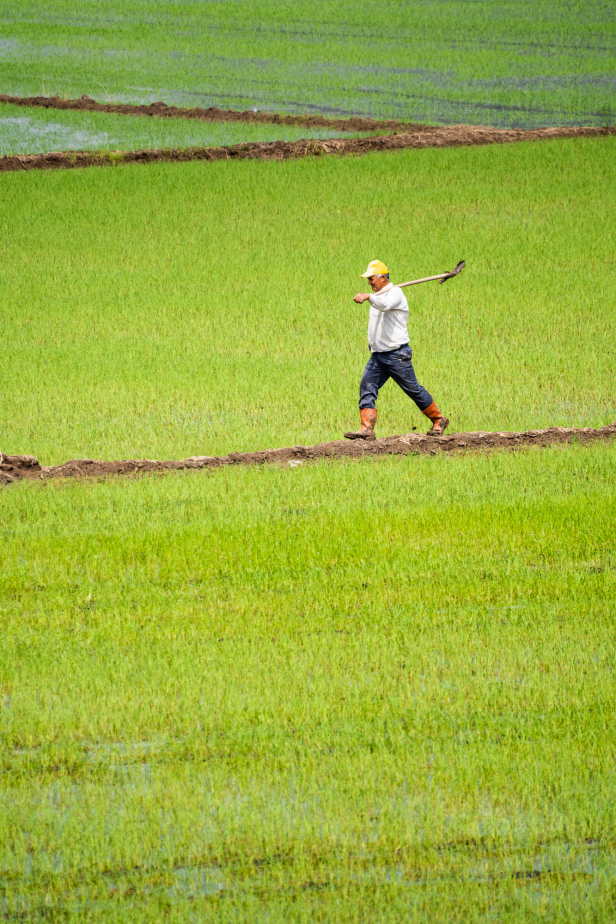The Town of Osmancık
/ By Josh
The town of Osmancık was built at a strategic location along the Silk Road trade route that connected Central Asia to Europe through the northern mountains of Turkey. The town of Osmancık, with its castle set on a high rocky outcrop, stood watch over the crossing of the Kızılırmak (Halys) River giving it control both of trade routes as well as an important military position. While Osmancık can trace its history back thousands of years, there is little left of its ancient past and todays town is a blend of modern and Ottoman architecture.
Subscribe to The Art of Wayfaring
While much has changed in Osmancık over the centuries, the character of the town is still dictated by the same ancient river, the Kızılırmak, or ‘Red River’, named for its red silt rich waters. The Kızılırmak is one of Turkey’s great rivers, with a total length of over 1100 kilometers. Nearer its source it erodes the the hills and mountains of eastern Turkey, carrying rich minerals down towards the Black Sea. In Osmancık the regular flooding of the river deposits rich soil making the area rich in agriculture, especially rice, where the local Osmancık rice is grown in flooded paddies surrounding the town.
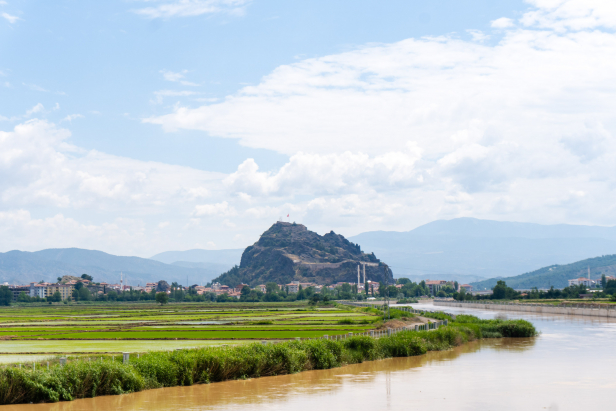
History
This bountiful site with its easily defended castle hill must have attracted ancient settlers. This area was the frontier between the Hittite Empire and the Gaga (their enemies to the north) and it’s possible that the earliest fortifications here would have been built over 3,000 years ago in the Bronze Age by the Hittites though no trace of it remains today.
The earliest known record of a settlement here is Strabo’s mention of the city of Pimolisa, a city that had already been destroyed by the time Strabo wrote some 2,000 years ago (Strabo, seen as the father of geography was born in the nearby city of Amasya, just an hour away). While Greco-Roman culture continued on in the area, little is known about it and only traces have survived.
Adatepe, a hill with a viewpoint café just to the south-east of Osmancık is locally believed to be the burial place of Achilles, the famed hero of the Trojan War, though this seems rather farfetched. There are already two other places said to be the final resting place of the Greek hero Achilles who was cremated in far away Troy after he was killed by the Trojan Paris.
Why Visit?
Koyunbaba Bridge
(Koyunbaba Köprüsü)
Cost: Free
A central feature of Osmancık is the great stone bridge that spans the width of the Kızılırmak River. It was originally built as a part of the regional highway that connected the east and west though now it connects the two halves of Osmancık which has grown up on both sides of the river.
The bridge was designed to be 250 meters long with a deck rising to a peak at its center with 19 arches increasing in size towards the center of the river. Thanks to the silting of the river banks and a modern retaining wall only 15 of the original arches are now visible.
Completed in 1489, the Koyunbaba Bridge was commissioned by Sultan Beyazit II in conjunction with his namesake mosque in the nearby city of Amasya. The name of the bridge actually comes from Koyun Baba (Sheep Father), a religious leader and mystic who was buried in Osmancık (be careful not to confuse the Sheep Father Bridge with the Shepherd Grandfather Bridge of Erzurum). According to local legend, Koyun Baba had the favour of Sultan Mehmet II. While he travelled along this road on his way to the campaigns in the east, Sultan Mehmet II visited Koyun Baba and asked him his wish. Koyun Baba requested a bridge be built as the river was impossible to cross in the rainy season. While Sultan Mehmet II wouldn’t live to see the project completed, his son, Sultan Beyazit II kept his father’s word and the bridge was named after Koyun Baba.

At the foot of the castle, near the north end of the bridge is a large, inscribed plaque, naming Sultan Beyazit II as builder of the bridge and praising the ruler at great length.
Osmancık Kandiber Castle
(Osmancık Kandiber Kalesi)
Cost: Free
Looming high over the town of Osmancık and commanding a strong position over the ancient roadway is Kandiber Castle. There are traces of the castle reaching as far back as the Ottoman and Seljuk period, though, if this mound was fortified in earlier periods, is still unclear. Set near its northern frontier, the Hittites built a string of fortresses in the area though no traces of a Hittite castle have been found here.
Like most castles found in Turkey, Kandiber Castle was built using the landscape and only small modifications were made to the natural cliffs to create the fortress. Much of what was built has fallen away, though the view from the hilltop is still worth seeing.
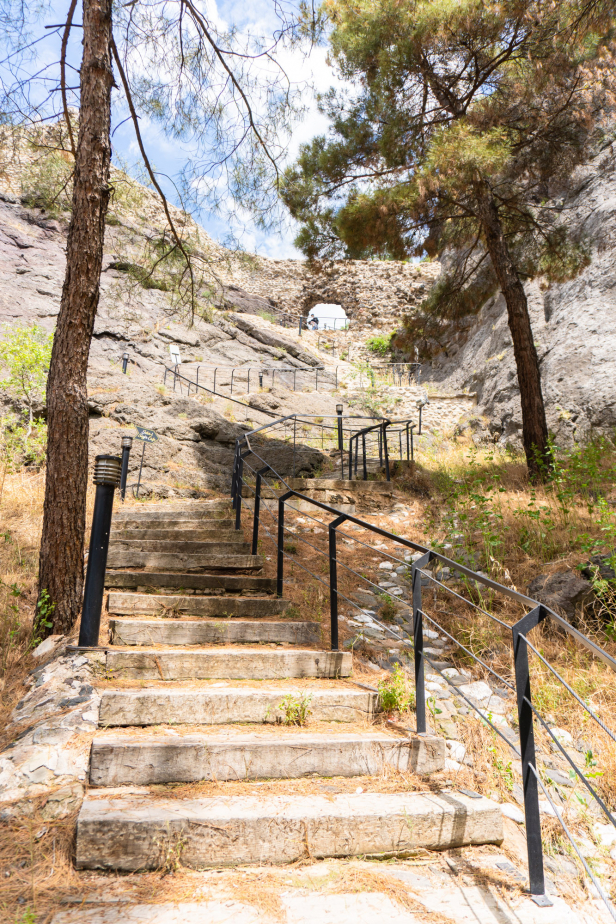
Koyunbaba Tomb
(Koyunbaba Türbesi)
Cost: Free
A native of Khorasan (Eastern Iran) Koyun Baba travelled to Anatolia sometime during the 15th century where he became a religious leader of the Bektashi sect of Islamic mystics. Koyun Baba’s real name was Sayyid Ali, a descendent of the Prophet Mohammed through his son-in-law and fourth Caliph Ali.
“He who does good finds good” – Koyun Baba
Upon the death of Koyun Baba a small octagonal tomb and complex was built on the edge of the town. The complex, which contained a soup kitchen and mosque have now been lost and only the foundations now remain. Evliya Çelebi, the Ottoman Marco Polo of the 17th century, visited the site and described it in his Seyahatname, or book of travels.
Rice Paddies
(Pirinç Tarlaları)
Cost: Free
Surrounded by mud flats and well watered by the Kızılırmak River and numerous springs, Osmancık has become famous in Turkey for its rice production. In early spring the paddies are flooded and rice is planted giving the town the appearace of an island in the midst of a flat lake.
How To Get There
General:
Much as it was in past centuries Osmancık is still along a major route connecting east and west along the highway that connects Istanbul to the eastern Black Sea provinces as well as the interior provinces of Erzurum and Erzincan. Busses pass through here regularly from nearly every corner of the country and reaching Osmancık by car is an easy drive along good quality highways.
For more about car rental and driving in Turkey make sure to read our full drivers guide.
Where To Stay
Not much of a tourist attraction, there are very few places to stay in Osmancık. When we visited there were three options, the Öğretmenevi (teachers house, always a reliable choice), a hotel right in the midst of Osmancık, and a third, somewhat nicer hotel on the edge of town along the highway.
Other Tips
Planning on visiting Osmancık? Make sure to check out what other sights are in Çorum Province and and nearby Amasya.
Subscribe to The Art of Wayfaring
Have any tips or info to add? Spot any mistakes? We’d love to hear about it.

